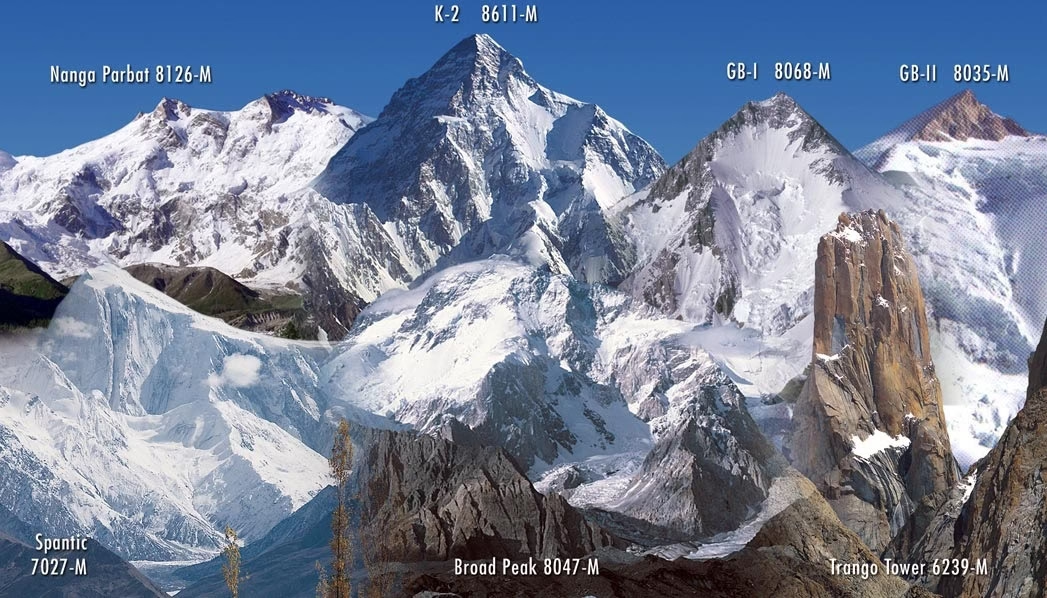Pakistan is home to some of the highest mountain peaks in the world, making it a paradise for climbers, trekkers, and adventure lovers. With four peaks above 8,000 meters, Pakistan stands proudly among the most sought-after destinations for mountaineering. Let’s take a look at the Top 5 highest peaks of Pakistan, each a symbol of breathtaking beauty, history, and extreme adventure.
🏔️ K2 (Mount Godwin-Austen) – The Savage Mountain
K2, also known as Mount Godwin-Austen, is the second-highest mountain in the world and the tallest in Pakistan. Rising dramatically above the Karakoram Range along the Pakistan-China border, K2 is often described as the most challenging climb on Earth. Its pyramid-shaped peak, steep slopes, and unpredictable weather make it one of the deadliest summits for mountaineers.
The name “Savage Mountain” comes from its grim reputation: nearly 1 in 4 climbers never return. Unlike Mount Everest, K2 has no easy commercial climbing routes; every expedition faces raw, technical, and life-threatening challenges. Fierce winds, avalanches, rockfalls, and knife-edge ridges push climbers to the absolute limit of human endurance.
📊 K2 Quick Facts & Details
| Category | Details |
|---|---|
| Height | 8,611 meters (28,251 ft) – World’s 2nd highest peak |
| Location | Karakoram Range, Gilgit-Baltistan, Pakistan (near China border) |
| First Ascent | 31 July 1954 by Achille Compagnoni & Lino Lacedelli (Italy) |
| Climbing Season | June – August (summer only) |
| Climbing Routes | Abruzzi Spur, Cesen Route, Magic Line, North Ridge |
| Trek to Base Camp | 8–12 days from Skardu via Baltoro Glacier (~90–100 km one way) |
| Climb Duration | 6–8 weeks total (including acclimatization & weather delays) |
| Summit Push | 12–20 hours (Camp IV → Summit → return) |
| Major Risks | Avalanches, rockfalls, extreme winds, crevasses, death zone |
| Fatality Rate | ~25% (much higher than Everest) |
| Safety | Oxygen support, ropes, GPS, professional guides, advanced mountaineering |
| Best For | Elite climbers only |
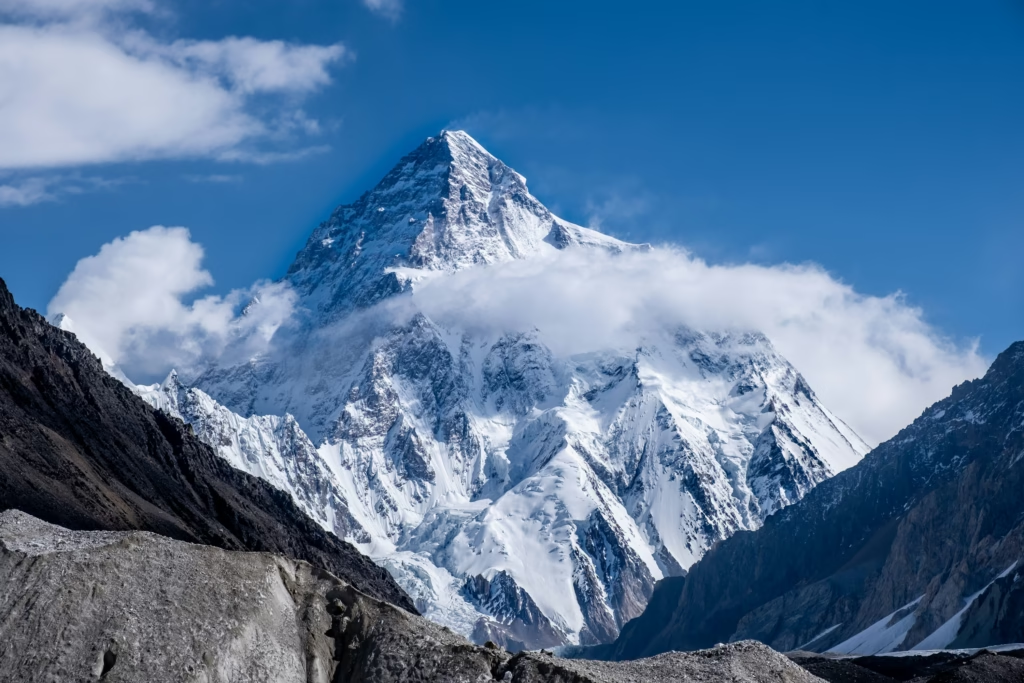
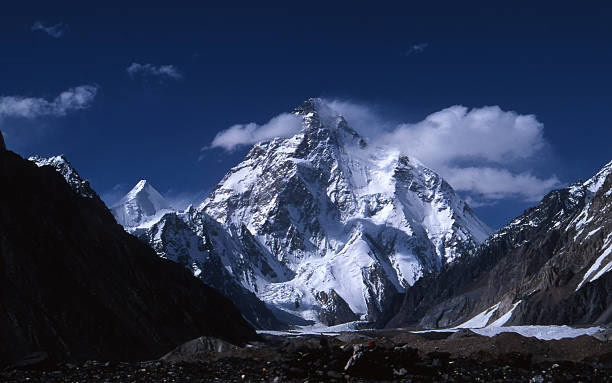
🏔️ Nanga Parbat – The Killer Mountain
Nanga Parbat, the 9th highest mountain in the world, is known as the “Killer Mountain” due to its deadly history. Towering over the Indus River in Gilgit-Baltistan, its massive ridges and sheer faces make it one of the most dramatic peaks on Earth.
Unlike K2, Nanga Parbat is a solitary giant, rising abruptly from the ground, which makes its climb physically exhausting and extremely dangerous. It has claimed the lives of dozens of mountaineers, especially in its early exploration days. Despite the risks, it continues to fascinate adventurers worldwide.
📊 Nanga Parbat Quick Facts & Details
| Category | Details |
|---|---|
| Height | 8,126 meters (26,660 ft) – World’s 9th highest peak |
| Location | Western Himalayas, Gilgit-Baltistan, Pakistan |
| First Ascent | 3 July 1953 by Hermann Buhl (Austria) – solo climb |
| Climbing Season | May – September (best June–July) |
| Climbing Routes | Rupal Face (world’s highest mountain face), Diamer Face, Rakhiot Face |
| Trek to Base Camp | 3–5 days depending on route |
| Climb Duration | 6–7 weeks |
| Summit Push | 10–16 hours (final ascent) |
| Major Risks | Avalanches, steep ice walls, altitude sickness, harsh weather |
| Fatality Rate | Historically ~20% |
| Safety | High-altitude gear, ropes, guides, experience with steep ice/rock terrain |
| Best For | Expert mountaineers |
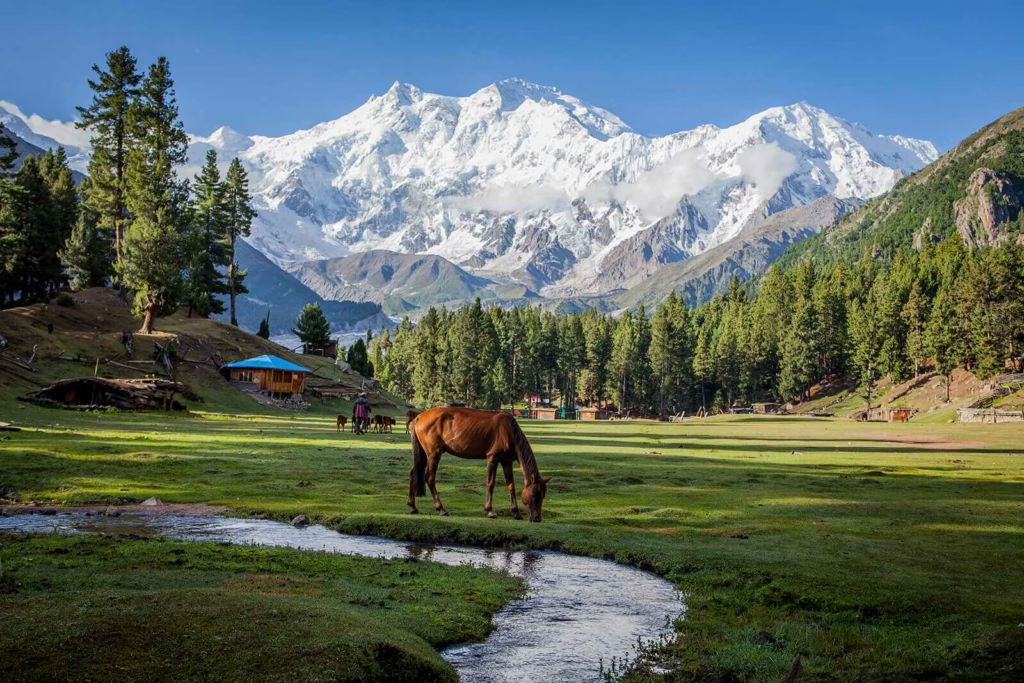
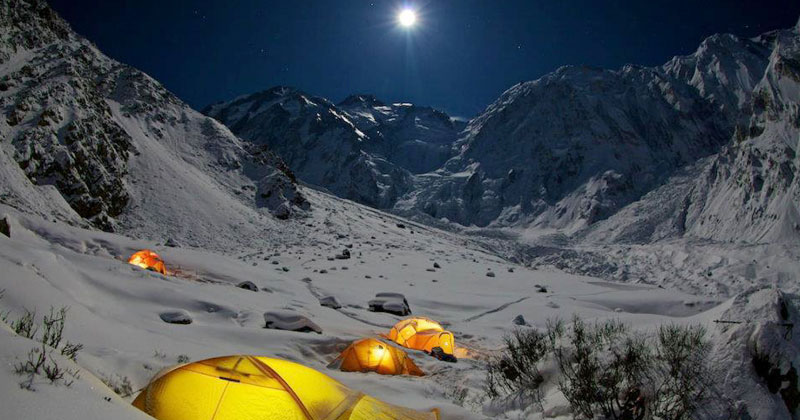
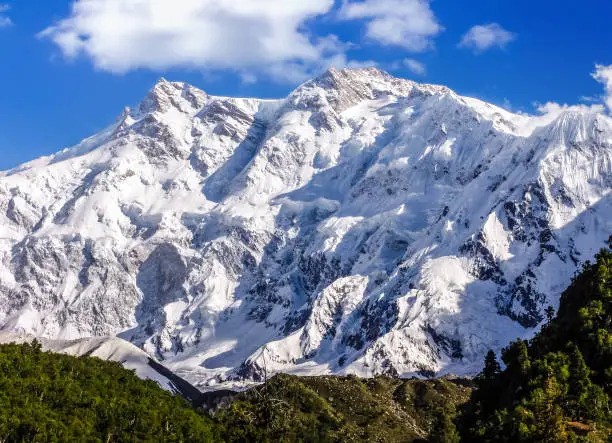
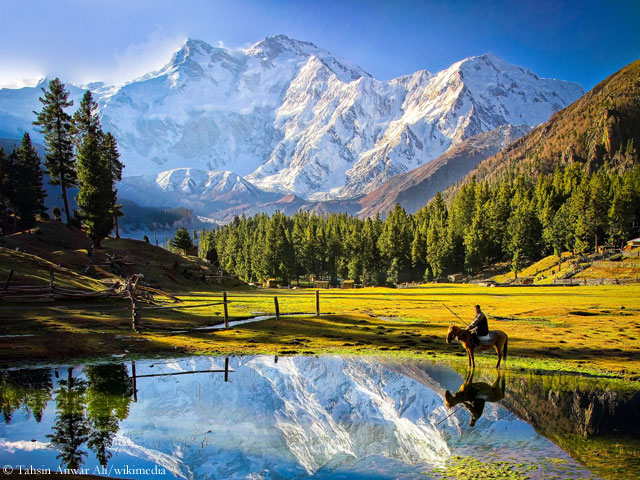
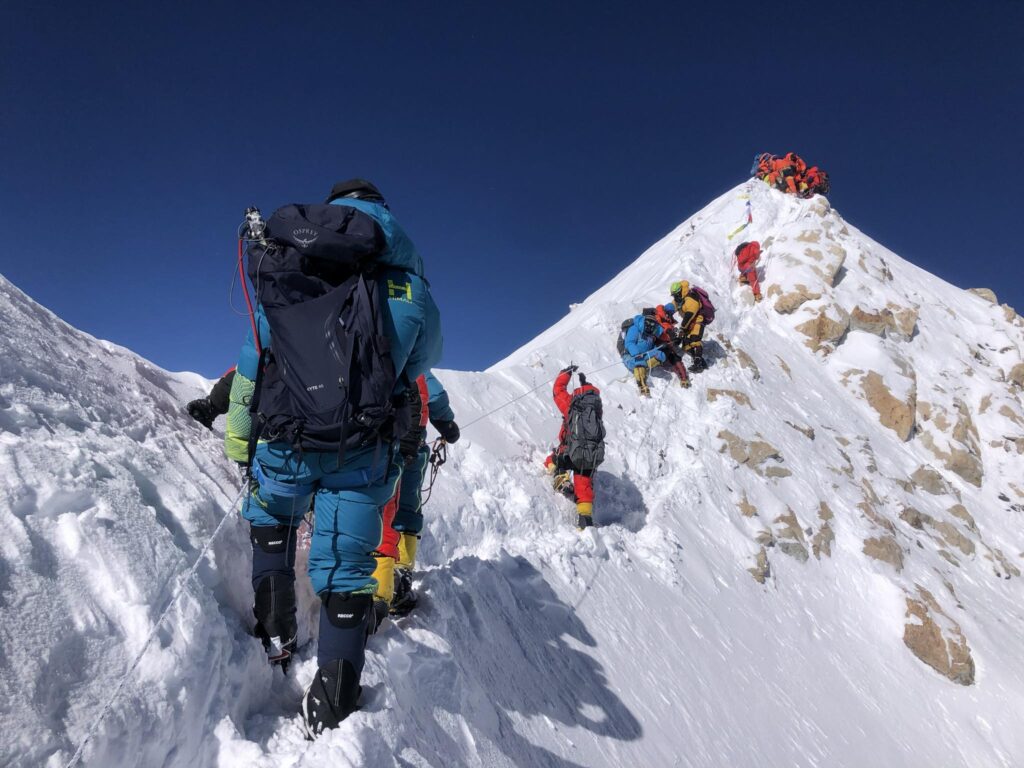
🏔️ Broad Peak – The Hidden Giant
Broad Peak, the 12th highest mountain in the world, sits just a few kilometers away from K2 in the Karakoram Range. Named for its immense breadth of summit ridge, the mountain stretches for nearly 2 km across the top.
Though not as technically difficult as K2 or Nanga Parbat, Broad Peak presents its own challenges with harsh weather, altitude, and long climbing routes. It is often chosen by climbers as preparation before attempting K2.
📊 Broad Peak Quick Facts & Details
| Category | Details |
|---|---|
| Height | 8,051 meters (26,414 ft) – World’s 12th highest peak |
| Location | Karakoram Range, near K2, Gilgit-Baltistan |
| First Ascent | 9 June 1957 by Fritz Wintersteller, Marcus Schmuck, Kurt Diemberger (Austria) |
| Climbing Season | June – August |
| Climbing Routes | Standard Route via Baltoro Glacier |
| Trek to Base Camp | 8–10 days from Skardu |
| Climb Duration | 6–7 weeks |
| Summit Push | 12–18 hours |
| Major Risks | Long summit ridge, harsh weather, avalanches |
| Fatality Rate | Lower than K2/Nanga Parbat (~5–10%) |
| Safety | Oxygen recommended, technical climbing gear, experienced guides |
| Best For | Experienced climbers |
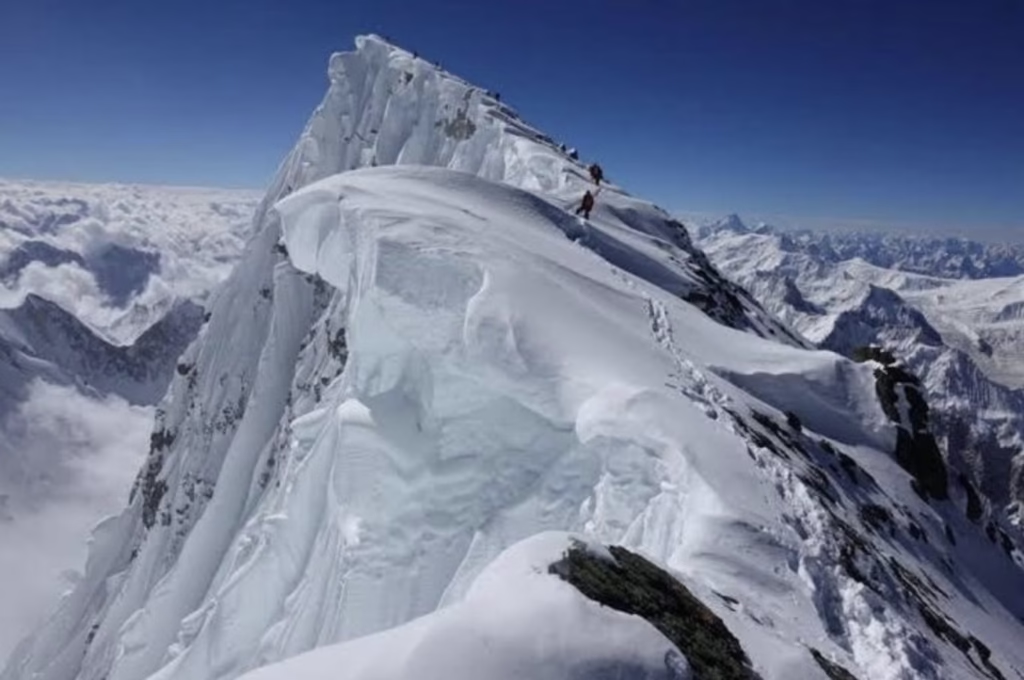
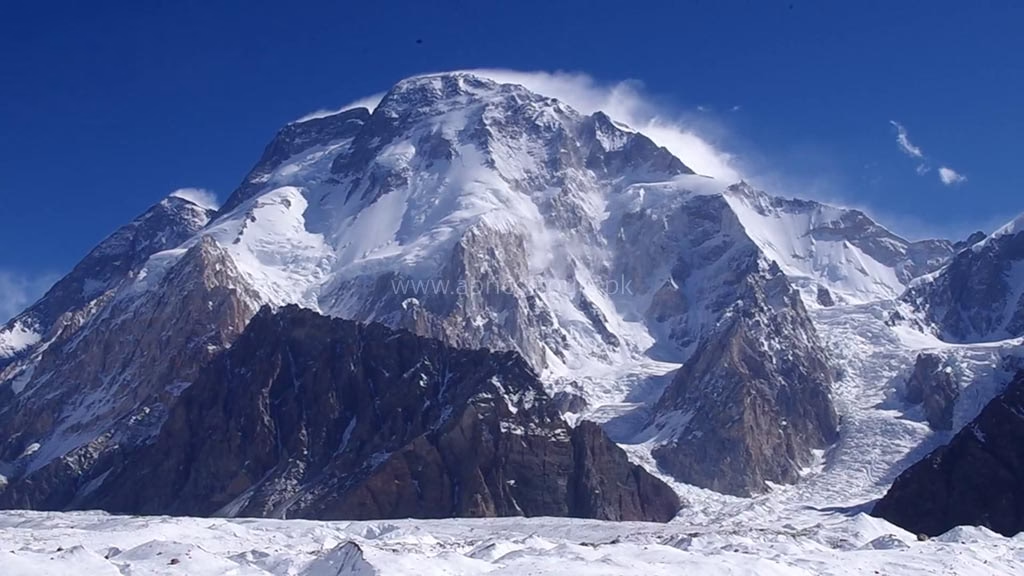
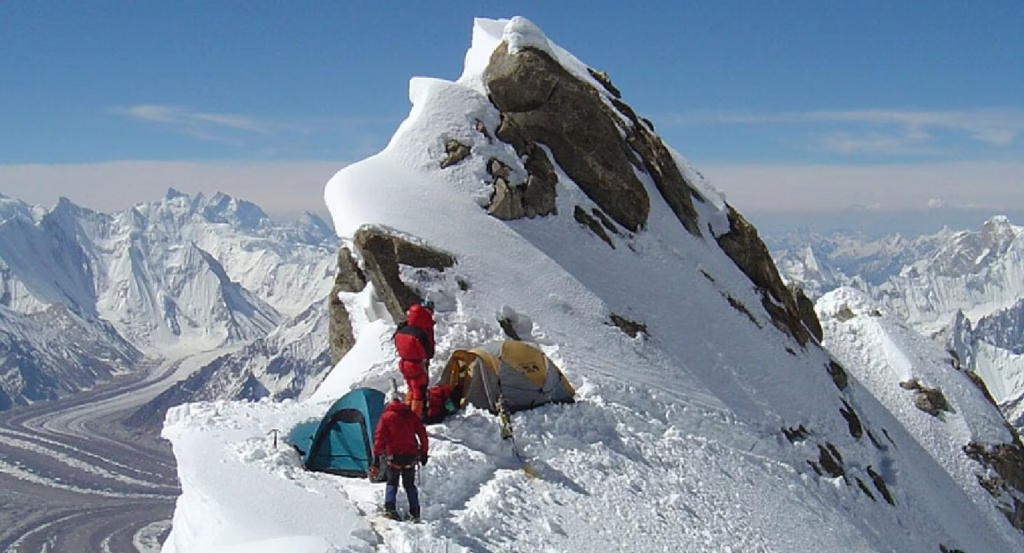
🏔️ Gasherbrum I (Hidden Peak) – The Shining Wall
Gasherbrum I, also called the Hidden Peak, is the 11th highest mountain in the world. It belongs to the Gasherbrum massif, a chain of spectacular peaks in the Karakoram. The name “Hidden Peak” comes from its remote position, hidden behind neighboring mountains.
Its massive Shining Wall, a 3,000m sheer face of ice and rock, is one of the most striking features in mountaineering. Climbers face long glacier treks, technical ice climbing, and unpredictable storms.
📊 Gasherbrum I Quick Facts & Details
| Category | Details |
|---|---|
| Height | 8,080 meters (26,509 ft) – World’s 11th highest peak |
| Location | Karakoram Range, Gilgit-Baltistan |
| First Ascent | 5 July 1958 by Pete Schoening & Andy Kauffman (USA) |
| Climbing Season | June – August |
| Climbing Routes | Standard Route via South Face |
| Trek to Base Camp | 7–10 days from Skardu |
| Climb Duration | 6–7 weeks |
| Summit Push | 12–18 hours |
| Major Risks | Avalanches, deep crevasses, severe cold |
| Fatality Rate | ~8–10% |
| Safety | Glacier navigation, ropes, oxygen, climbing guides |
| Best For | Professional climbers |
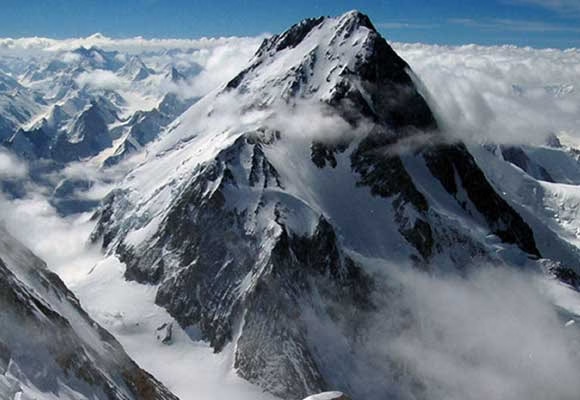
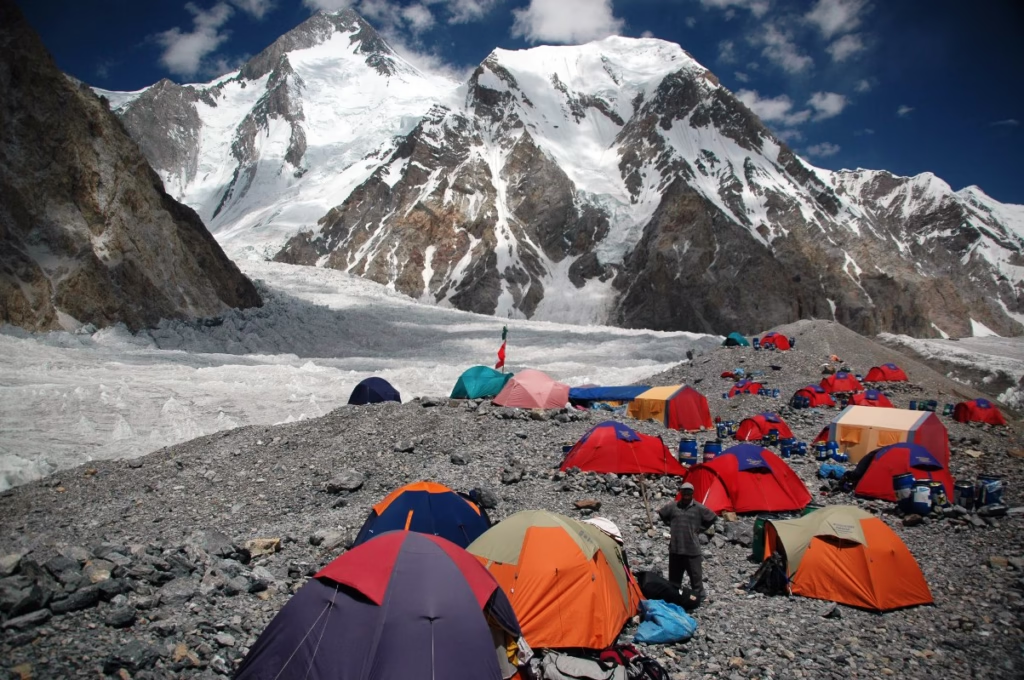
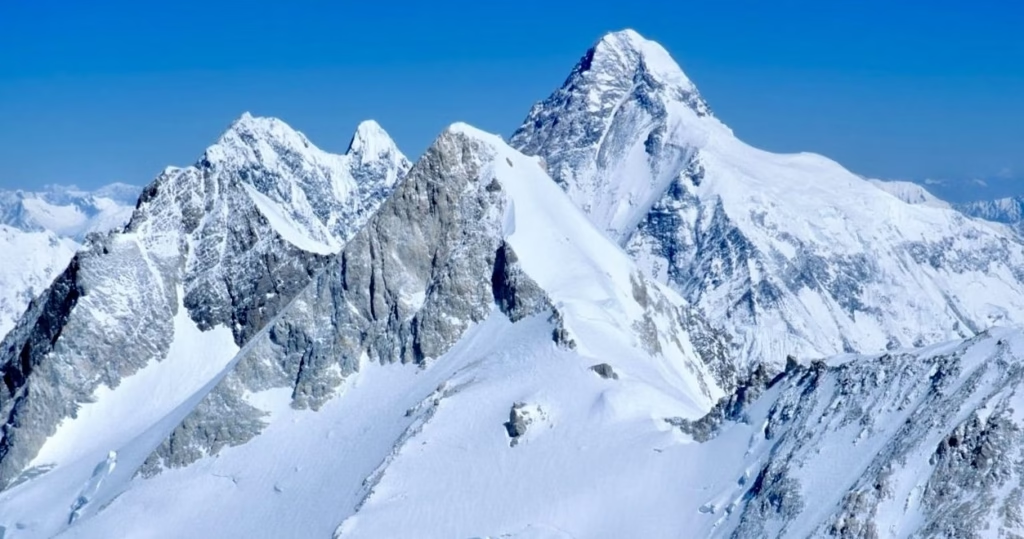
🏔️ Rakaposhi – The Shining Wall of Nagar
Rakaposhi, meaning “Snow Covered” in the local language, is the 27th highest mountain in the world and one of the most beautiful peaks in Pakistan. Located in the Nagar Valley, Hunza, Rakaposhi is famous for its Shining Wall, which rises almost 6,000 meters from base to summit – one of the greatest vertical rises on Earth.
Rakaposhi is more accessible than K2 or Nanga Parbat, making it a beloved trekking and climbing destination. Its incredible view can be admired from the Karakoram Highway, making it unique among the world’s great peaks.
📊 Rakaposhi Quick Facts & Details
| Category | Details |
|---|---|
| Height | 7,788 meters (25,551 ft) – World’s 27th highest peak |
| Location | Nagar Valley, Hunza, Gilgit-Baltistan |
| First Ascent | 1958 by Mike Banks & Tom Patey (UK) |
| Climbing Season | May – September |
| Climbing Routes | Southwest Spur, Northeast Ridge |
| Trek to Base Camp | 2–3 days from Minapin village |
| Climb Duration | 4–6 weeks |
| Summit Push | 10–15 hours |
| Major Risks | Avalanches, rockfalls, altitude sickness |
| Fatality Rate | Moderate (~7–10%) |
| Safety | Moderate to advanced mountaineering skills, ropes, guides, oxygen optional |
| Best For | Experienced trekkers & mountaineers |
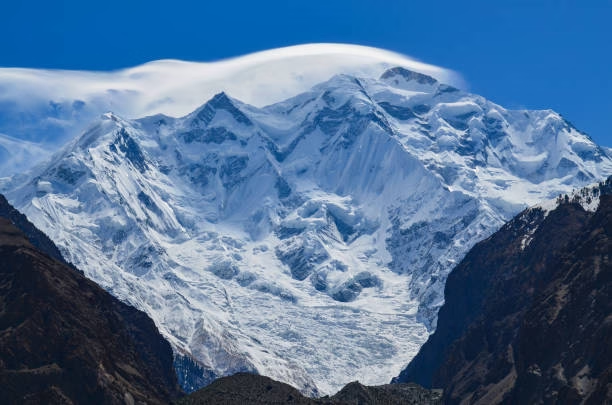
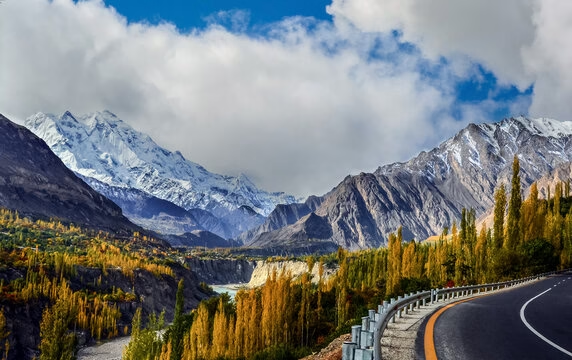
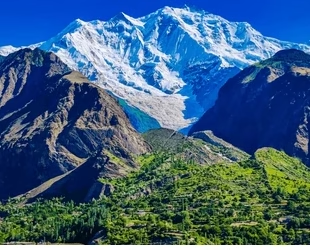
🌍 Conclusion
Pakistan’s mighty mountains are not just towering peaks of rock and ice – they are symbols of endurance, beauty, and adventure. From the savage slopes of K2, the killer reputation of Nanga Parbat, the massive ridge of Broad Peak, the hidden majesty of Gasherbrum I, to the shining wall of Rakaposhi, each mountain tells its own story of danger and triumph.
For climbers, these peaks represent the ultimate test of courage and skill, demanding respect, preparation, and resilience. For travelers and dreamers, they showcase Pakistan’s untouched natural wonders, offering breathtaking views and unforgettable experiences.
Whether you are an aspiring mountaineer or an admirer of the great outdoors, Pakistan’s peaks remind us that the world’s most incredible adventures often lie in the most challenging and remote places.
